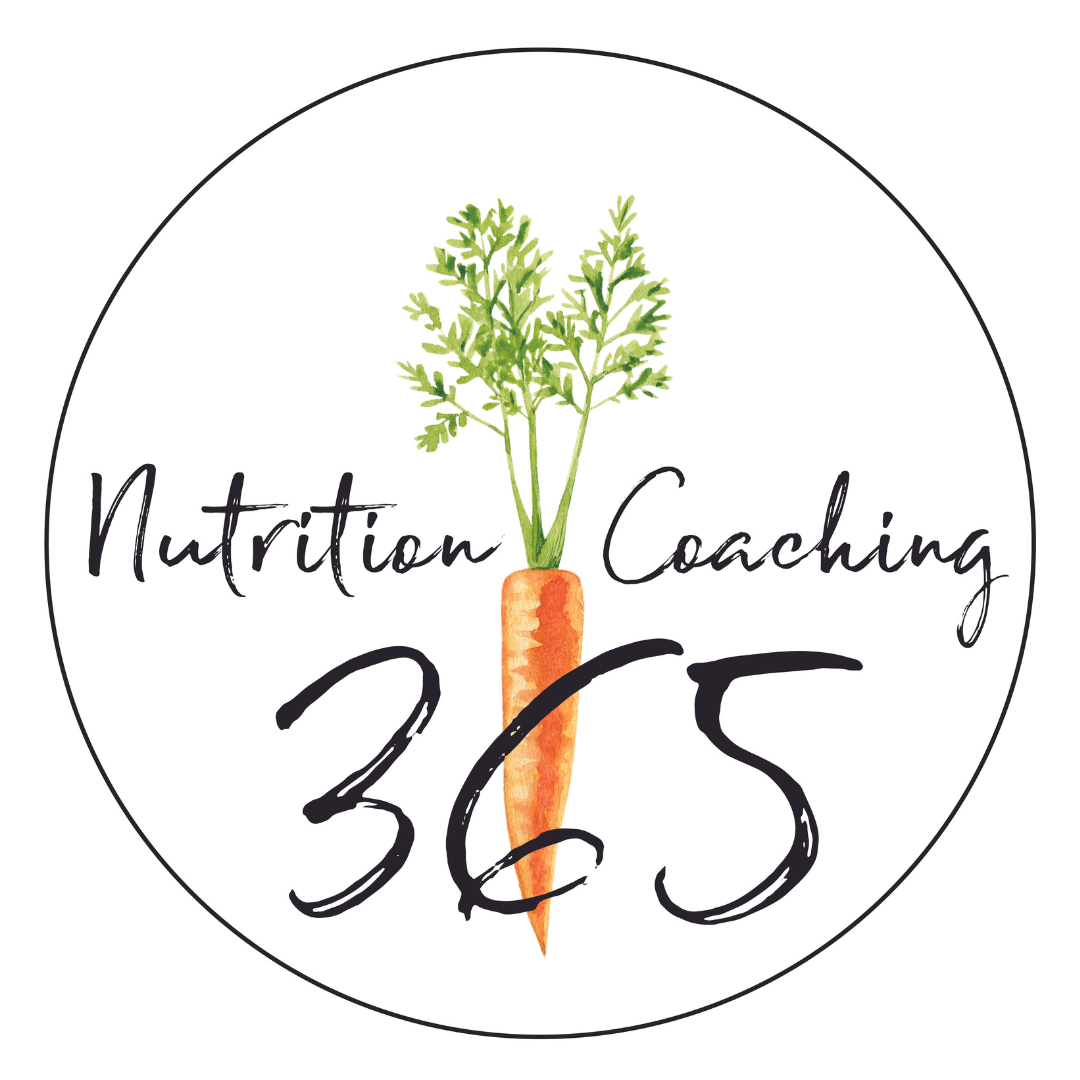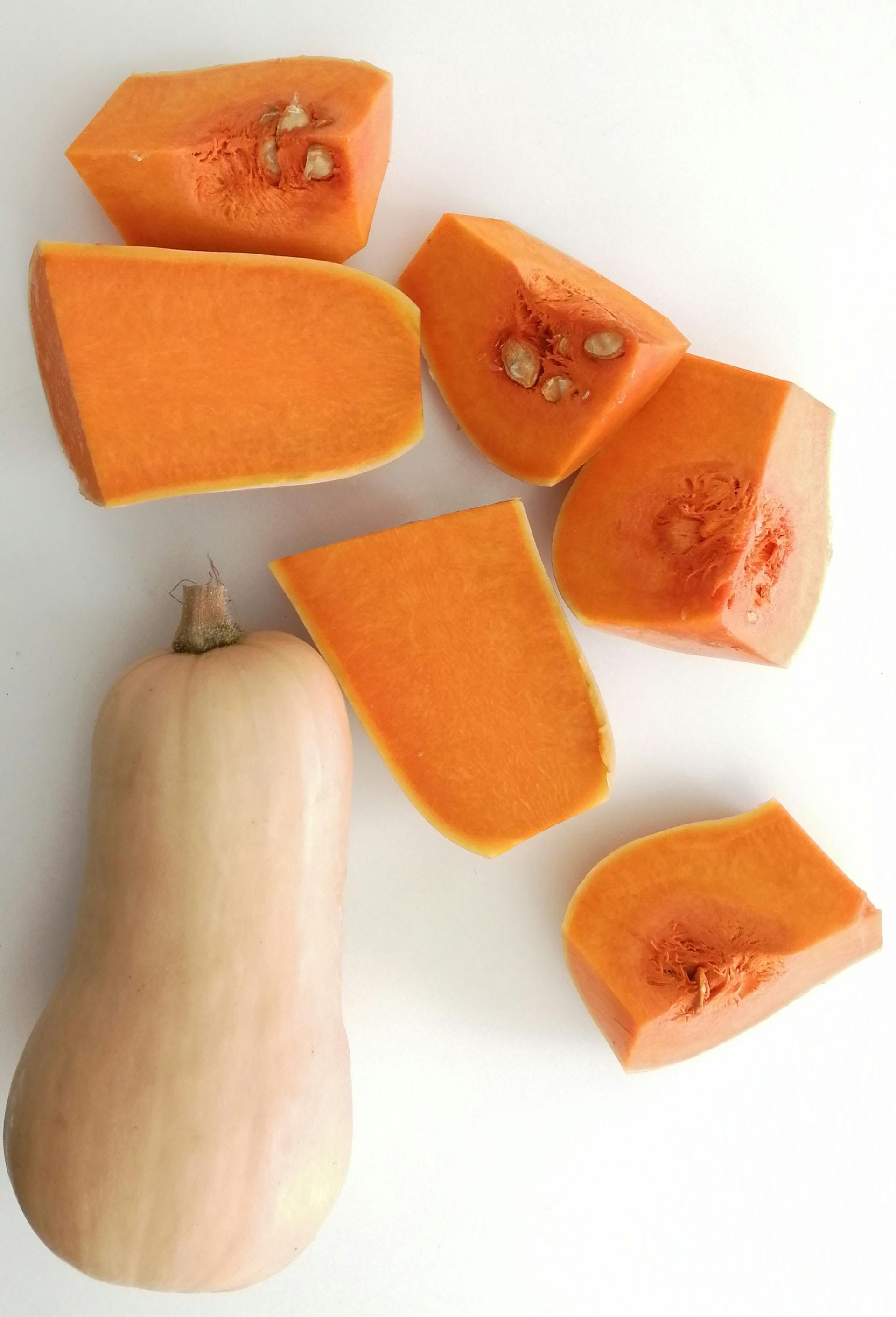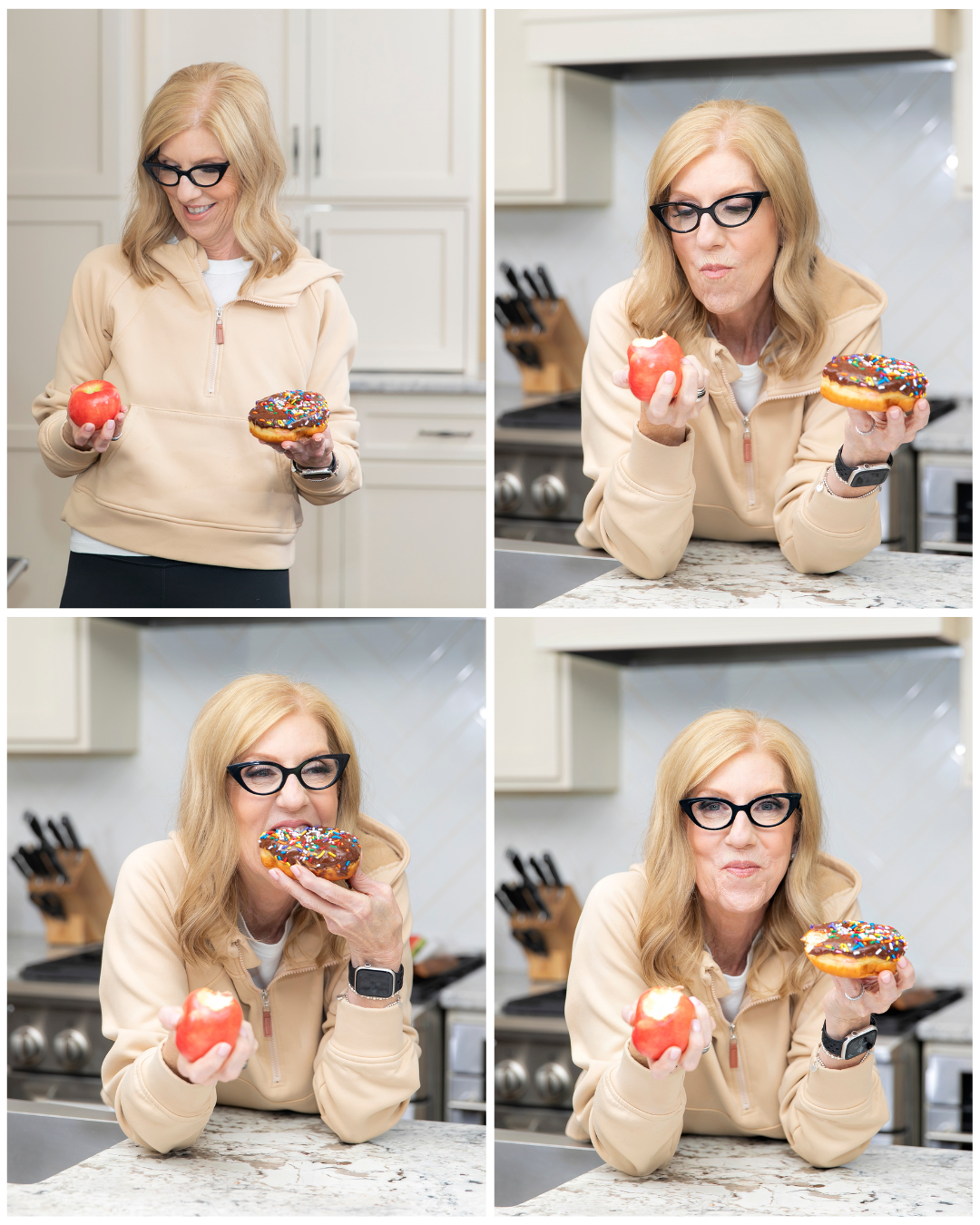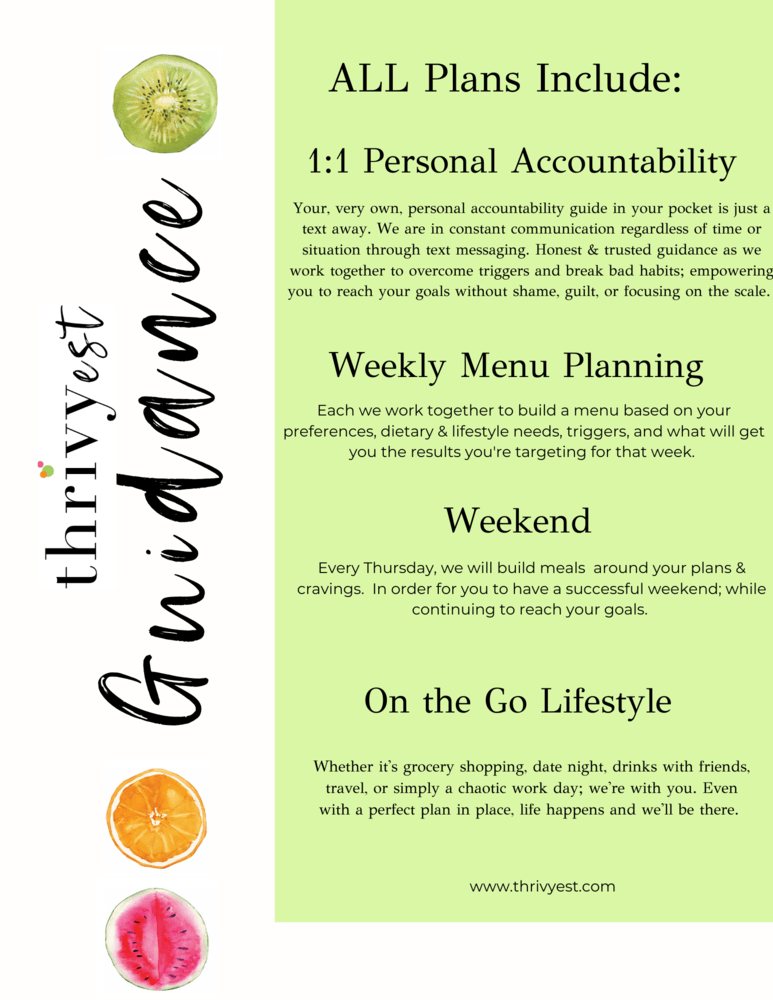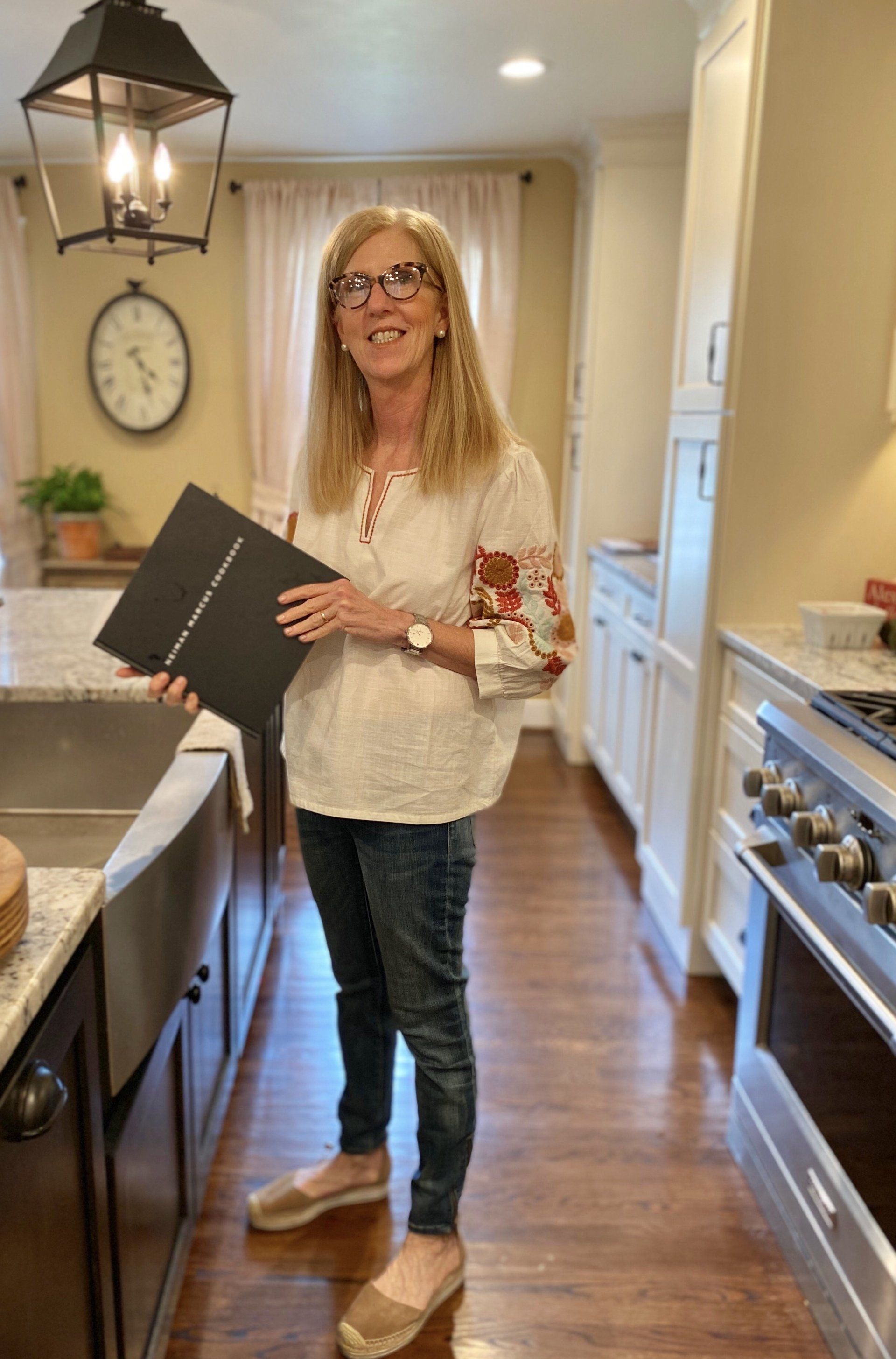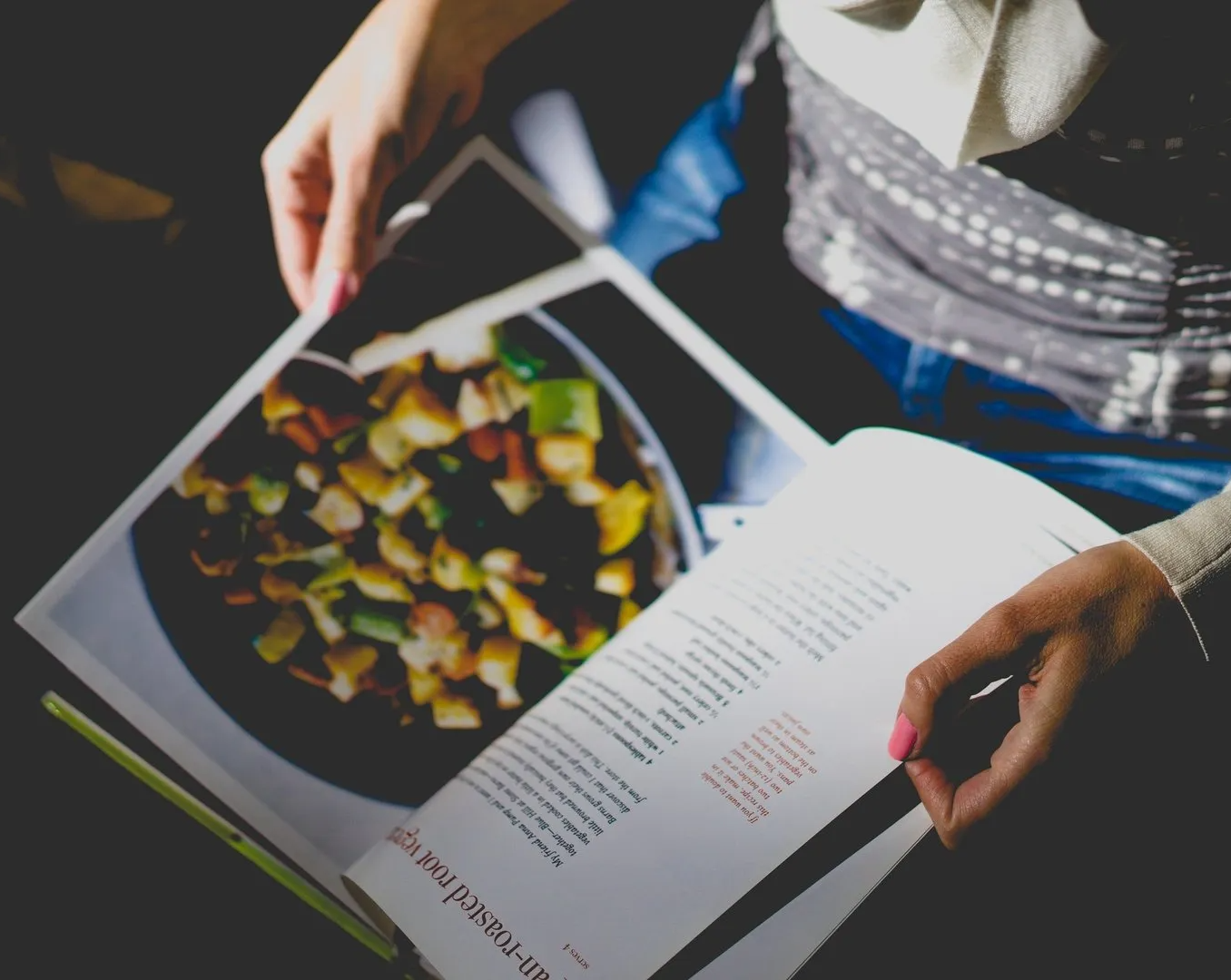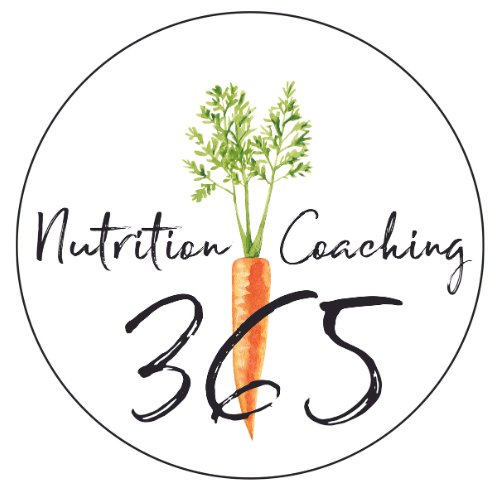Bounce Back After Vacation Indulgences
Restore Healthy Habits Post-Vacation

Bouncing Back from Post-Vacation Nutrition Slips: A Real-Life Guide
You wouldn’t change jobs just because you came back to a mountain of emails after a vacation, right? So why abandon your nutrition plan just because you went off track during a trip? Let’s rethink our approach to post-vacation nutrition—just like we handle our jobs, by getting right back into our regular routines.
Treat Nutrition Like Your Job
When you return from vacation, your work inbox is overflowing. You don’t quit your job; you tackle the tasks one by one. Apply this same strategy to your nutrition. Don’t panic over a few extra pounds. Instead, return to your healthy eating habits.
My Story: June’s Nutrition Rollercoaster
This June, I spent the first week in North Carolina with my parents and sister. Then I came home to celebrate my birthday with friends and capped it off with a few days at a lake house in Angola, Indiana. My nutrition consistency for June? An absolute F. I ate according to plan only nine days out of 31. That means I was off track 70% of the time—bigger dinners, snacks, and lots of desserts. Despite this, I walked daily but only lifted weights seven times this month.
Facing the Scale
On June 1, I weighed 113 pounds, which is pretty typical for me. By June 21, I was up to 117 pounds. Four pounds might not seem like a lot, but if the trend continues, it could be 12 pounds by Labor Day.
Here's what happened:
- I ate outside my normal diet.
- I ate later than usual.
- I indulged more during vacations.
- I didn't prioritize drinking water.
The best part? I enjoyed every moment without any guilt because I know I’m consistent the other 290 days of the year.
Taking Responsibility and Moving Forward
When the scale is up, pause and take responsibility. Just like sorting through work emails, return to your nutrition plan gradually:
- Assess the Situation: Understand the weight gain is temporary.
- Re-establish Routine: Return to your usual eating habits and exercise.
- Stay Hydrated: Drink plenty of water.
- Prioritize Health: Focus on balanced meals and physical activity.
Building a Better Relationship with Food
By treating weight fluctuations as part of life’s normal ebb and flow, you can build a healthier relationship with food. A temporary weight increase isn’t a derailment. Treat it like any other minor setback, and you’ll maintain a consistent and healthy lifestyle.
Strategies for Getting Back on Track
Here are some practical strategies to help you bounce back after a vacation:
Plan Your Meals
Create a weekly meal plan with balanced meals full of vegetables, lean proteins, and whole grains. This reduces the temptation to snack or eat out of boredom.
Stay Active
Incorporate physical activity into your daily routine. Whether it’s a morning jog, yoga, or lifting weights, staying active helps burn off extra calories and improves well-being.
Hydrate
Drink plenty of water to flush out excess sodium and reduce bloating. Hydration supports metabolism and overall health.
Avoid Guilt
Don’t feel guilty about indulging on vacation. Guilt can lead to unhealthy eating patterns. Focus on the enjoyable memories and use that positivity to motivate your return to healthy habits.
Gradual Changes
Don’t try to overhaul your diet overnight. Gradually reintroduce healthier foods and reduce high-calorie treats. This makes the transition smoother and sustainable.
Seek Support
Share your goals with friends, family, or hire me for personalized guidance and encouragement. Joining a community or online group focused on healthy living can also offer motivation and accountability.
Reflect and Adjust
Reflect on what caused the deviation from your nutrition plan and adjust to prevent it in the future. This could mean setting more realistic goals for your next vacation or finding healthier alternatives for indulgent foods.
One Final Thought
Returning from vacation with a few extra pounds doesn’t mean you’ve failed your nutrition or weight loss goals. By treating your nutrition plan like your job, you can calmly and methodically return to healthy habits. Consistency is key, and minor setbacks are just part of the process. Enjoy your vacations, embrace the fluctuations, and focus on building a sustainable and healthy lifestyle year-round.
YOU ARE CAPABLE OF LIVING YOUR HEALTHIEST & HAPPIEST LIFE.
If you’re looking to create healthy habits to gain more energy, improve your sleep + shed a few pounds, you’ve landed in the right place.
Recent Posts
Meet Emily
I love encouraging + inspiring others to reach their healthiest lives through food, fitness + gratitude. As a holistic nutritionist + the founder of Thrivyest, I am passionate about creating habits to help you to live longer + thrive. To thrive in body, mind + soul through personalized, simple + practical steps ensuring you gain more energy, clarity + confidence! Let's connect!
